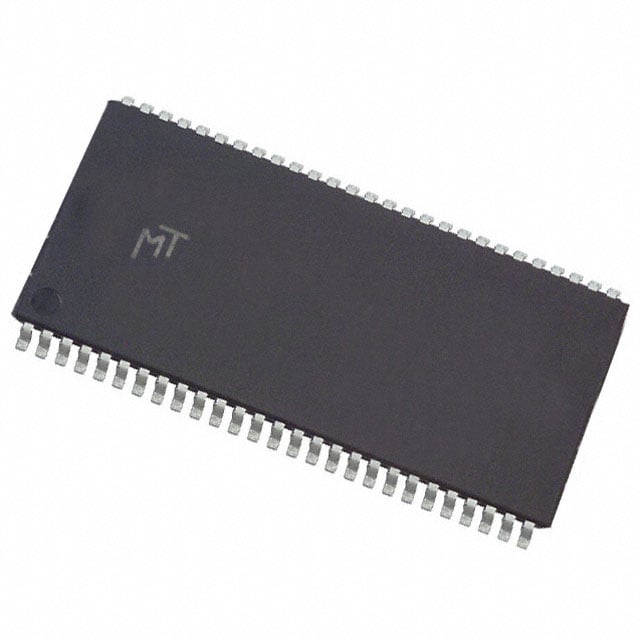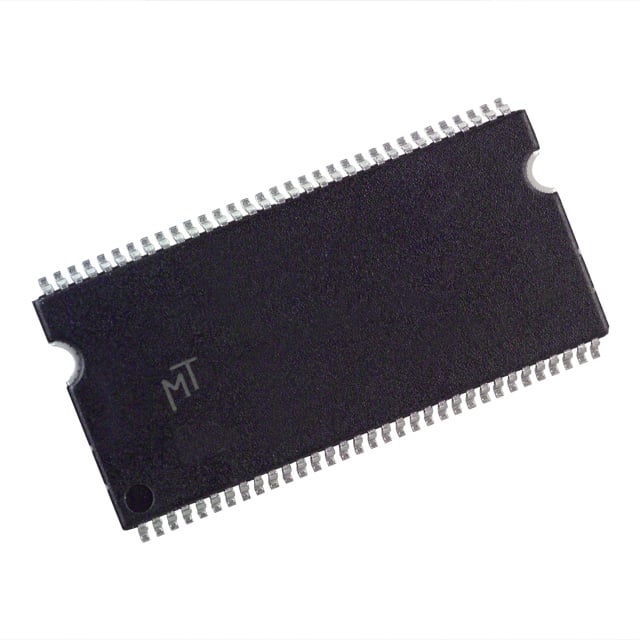What is the difference between DRAM, SRAM and SDRAM?
 2022-02-15 18:29:27
2022-02-15 18:29:27  1697
1697Answer 1:
DRAM
Dynamic random access memory (DRAM) is a type of memory widely used as the main memory of computer systems. Dynamic random access memory (DRAM) is a type of random access memory that stores each bit of data in a separate capacitor within an integrated circuit. Capacitors can be charged or discharged; These two states are used to represent two values of bits, often referred to as 0 and 1. The DRAM memory cell is dynamic because it needs to refresh or apply a new charge every few milliseconds to compensate for the charge leakage of the capacitor.
SRAM
SRAM (Static RAM) is random access memory (RAM) that retains data bits in its memory as long as it is powered on. Unlike dynamic RAM (DRAM), which is stored in cells consisting of capacitors and transistors, SRAM does not have to be refreshed periodically.
SDRAM
Synchronous Dynamic Random Access Memory (SDRAM) is dynamic random access memory (DRAM) synchronized with the system bus. It is a generic name for various dynamic random access memory (DRAM) synchronized with microprocessor-optimized clock speeds. Short for Synchronous DRAM, a type of DRAM that can run at much higher clock speeds than traditional memory. SDRAM is actually synchronized with the CPU's bus and is capable of running at 133MHz, which is about three times faster than traditional FPMRAM and about twice as fast as DRAM. In many new computers, SDRAM is replacing EDODRAM.
Answer 2:
The main differences between DRAM and SRAM technologies are the way they store, access, and update data, as well as production cost and ease of use.
SRAM (Static Random Access Memory) cells are typically larger than DRAM (Dynamic RAM) cells. They typically have a 6-transistor structure: four transistors form the core of the cell and store data bits, and the other two access transistors control access to the core during read and write operations. SRAM is called static for a reason: as long as the memory chip is powered on, the data in the SRAM cell is guaranteed to remain stable. This means that, unlike DRAM units, SRAM units do not have to be refreshed every 64 milliseconds.
DRAM (Dynamic RAM) chips are structurally simpler: your regular DRAM cell will consist of a transistor and a capacitor that stores the state of the cell (0 or 1). The data is stored in the capacitor in the form of a current of a certain voltage: low voltage represents 0, high voltage represents 1.
The problem with DRAM is that the current in the capacitor is easily dissipated, so the battery must be charged every 64 milliseconds. During charging, the memory chip effectively stops and cannot be used by the CPU. To make matters worse, reading the state of the battery depletes the capacitor, so the read operation must be recharged. Plus it does take some time to charge and discharge a unit, which makes DRAM much slower than SRAM.
So why is DRAM ubiquitous, while SRAM rarely goes beyond the boundaries of the CPU (cache)? Speed and efficiency come at a price: SRAM chips are much more expensive because they are structurally more complex than DRAM. The average user can hardly afford a computer with 8gbSRAM, and 8gbDDR2DRAM costs around $20-30 on Ebay.








